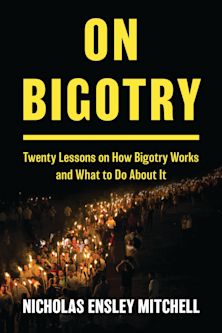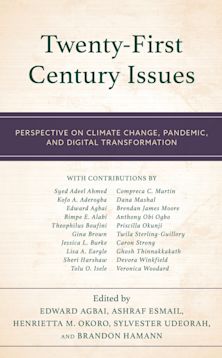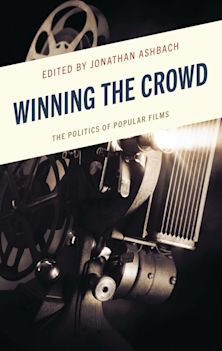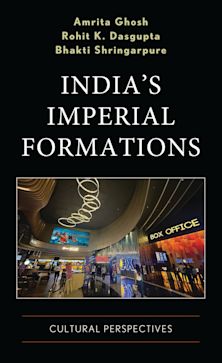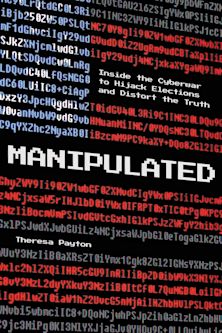- Home
- ACADEMIC
- Politics & International Relations
- Politics - Other
- Divided Government
Divided Government
Change, Uncertainty, and the Constitutional Order
Peter F. Galderisi (Author) , Joseph Doherty (Contributor) , Morris P. Fiorina (Contributor) , Roberta Q. Herzberg (Contributor) , Gary C. Jacobson (Contributor) , Peter McNamara (Contributor) , Sidney M. Milkis (Contributor) , John R. Petrocik (Contributor) , Leroy N. Rieselbach (Contributor) , Joel H. Silbey (Contributor)
Divided Government
Change, Uncertainty, and the Constitutional Order
Peter F. Galderisi (Author) , Joseph Doherty (Contributor) , Morris P. Fiorina (Contributor) , Roberta Q. Herzberg (Contributor) , Gary C. Jacobson (Contributor) , Peter McNamara (Contributor) , Sidney M. Milkis (Contributor) , John R. Petrocik (Contributor) , Leroy N. Rieselbach (Contributor) , Joel H. Silbey (Contributor)
For information on how we process your data, read our Privacy Policy
Thank you. We will email you when this book is available to order
You must sign in to add this item to your wishlist. Please sign in or create an account
Description
As the relationship between the executive and legislative branches of the federal government becomes increasingly hostile, more Americans are wondering whether national politics can be described as gridlock or good government. This provocative and insightful collection of original essays provides answers by exploring the complicated nature and multiple implications of divided government in the United States. The distinguished contributors analyze the consequences of the 1992 and 1994 elections and argue that discussions of divided government are too narrowly focused on the issue of partisan division of governmental institutions. Divided Government convincingly shows how political scientists have downplayed the significance of Constitutional rules, legislative policy disaggregation, and the decline of party organization. They conclude that divided government, in its broader institutional context, will continue regardless of which parties control the different branches.
Table of Contents
Chapter 2 Introduction: Divided Government Past and Present
Chapter 3 Divided Government in Historical Perspective, 1789-1996
Chapter 4 The Causes and Consequences of Divided Government: Lessons of 1992-1994
Chapter 5 Divided Government and the 1994 Elections
Chapter 6 The Road to Divided Government: Paved without Intention
Chapter 7 It's the Constitution, Stupid! Congress, the President, Divided Government, and Poliymaking
Chapter 8 The New Deal, the Modern Presidency, and Divided Government,
Chapter 9 Unity Versus Divisions: The Effect of Divided Government on Policy Development
Chapter 10 Doing One's Job: A Constitutional Principle and a Political Strategy for an Uncertain Future
Chapter 11 Bibliography
Chapter 12 Index
Product details
| Published | 05 Sep 1996 |
|---|---|
| Format | Ebook (Epub & Mobi) |
| Edition | 1st |
| Extent | 208 |
| ISBN | 9780742577237 |
| Imprint | Rowman & Littlefield Publishers |
| Series | Studies in American Political Institutions and Public Policy |
| Publisher | Bloomsbury Publishing |
About the contributors
Reviews
-
Peter Galderisi has assembled a great team of veteran stars and talented rookies to confront one of the most vexing aspects of contemporary politics: divided government. They make lots of hits, score many runs, and make few errors.
John C. Green, University of Akron
-
Divided government has been a common characteristic of American politics for more than forty years . . . ten distinguished political scientists and historians present informative and insightful essays that brilliantly illuminate the subject.
A James Reichley, Senior Fellow; Georgetown University; author of The Life of the Parties
-
The discussion this book would elicit in any upper-division undergraduate course and graduate survey course, would clearly identify the causes and consequences of the American policy-making environment. The empirical evidence supporting these chapters is well referenced, with several chapters including clear charts and graphs. In addition, the bibliography provides a good starting point for students wanting to undertake a literature search of some of the most important scholars and practitioners in American government.
Jeanette Pigeon, Long Beach Community College
-
. . . a wonderful collection of essays by leading scholars who assess and advance the state of our knowledge on this important phenemonon . . . This book is a gem.
Walter J. Stone, University of Colorado at Boulder












